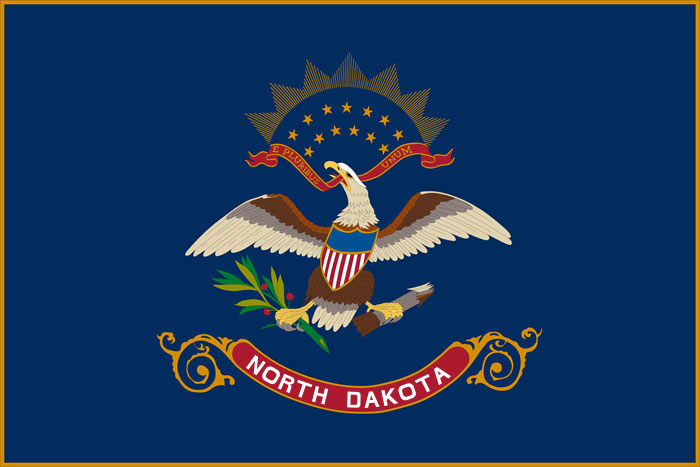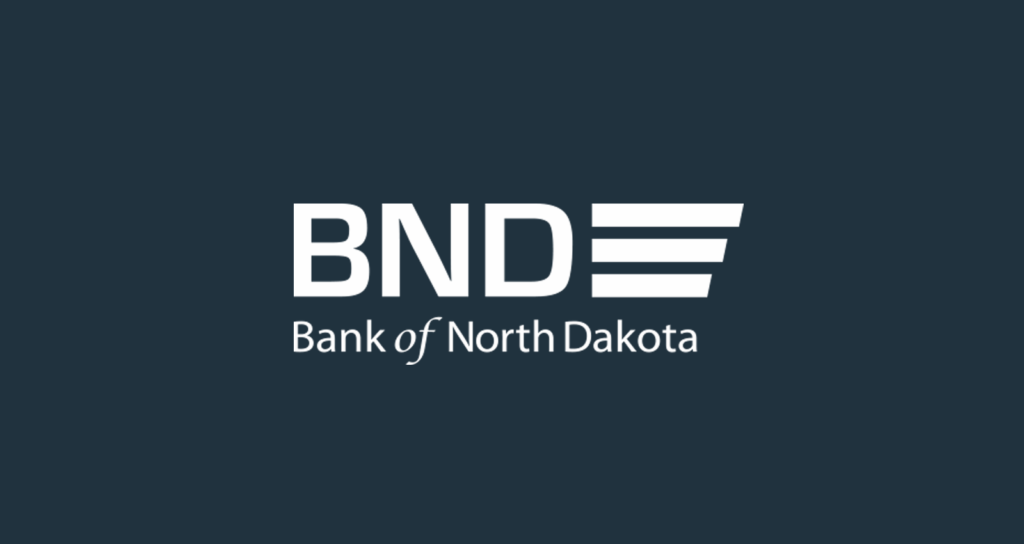Since 1941, the residents of Dunn, Mercer and Oliver counties have relied on Hazen Memorial Hospital Association – DBA (doing business as) Sakakawea Medical Center (SMC) – for quality care. This community-owned, not-for-profit organization has endured healthcare changes and all profits are reinvested back into the community’s healthcare needs. One of the most recent investments is a new facility which opened in 2016.
SMC’s Board Chair Christie Obenauer shared information about this project in a recent Q&A.
Tell me about the problem you needed to address and how it was affecting your community.
Without change, there is little progress. Our Sakakawea Medical Center Board of Directors and leadership recognized that we needed to do something – at the very least, a remodel of our facility in order to continue to provide the highest quality of care to our community. The way in which healthcare is delivered to the patient today is no longer the same as it was years ago. Healthcare is patient-centered, and wellness-focused today. We needed a facility that embodied that orientation. Ultimately, we arrived at the decision to build a replacement facility, instead of just remodeling our old space.
What have you accomplished with the new medical center? i.e., new services, increased beds…
We are finalizing the completion of a new medical center campus that creates a dynamic and synergistic legacy long into the future for our community. The Clinic will now be located inside the hospital, and is immediately adjacent to our beautiful new Physical Therapy department. Those spaces are very wellness-focused. We will have a centralized nurses’ station that will allow us to care for the Emergency Department, as well as the Patient Floor and Operating and Recovery Rooms simultaneously. Our Café will now be available not just to SMC staff, but also to the public. Our Galleria spaces will be open, warm and inviting, and will feel much more like a hotel guest space than a hospital waiting room. In summary, we’re building a gift to this community.
What kind of research did you complete to assess the need to expand the medical center?
We did an inordinate amount of research and due diligence. We have spent nearly 10 years brainstorming about a project of this magnitude. We made many a road trip to other states to tour new hospital and clinic spaces, to gather ideas about best practices and best fits for our community. We interviewed other medical center boards of directors, leadership, and medical staff. We attended many conferences about building a facility for the future of a rural community, and we spent many, many hours searching for and finding the right architect and builder. We also conducted Community Health Needs Assessments, to ensure we asked and understood what our community wanted and needed in their healthcare space. We feel very confident that the process we underwent has allowed us to engage the best partners to create an excellent end product for our community.
How did you obtain community buy-in for the project?
In addition to conducting the Community Health Needs Assessment, we spent many hours talking to our community, and making presentations to various groups throughout our Mercer County communities about our project-in-the-making. Because of that engagement, we received a lot of feedback and used that in our strategic planning process. In addition, our Capital Campaign Committee for our Sakakawea Medical Center Foundation did a fantastic job of not only raising funds for this project, but establishing partnerships with our community that really tightened the network of cohesive support from which we benefit today. We wouldn’t be able to be where we are today without those partnerships and that unwavering commitment.
What lessons learned do you have to share?
Dare to dream big, expect to work hard, and engage your community to share your vision. Our Board of Directors, our CEO, and our Capital Campaign Committee have had a laser-like focus and voracious passion to see this project through – all because we knew the long-term benefit it would provide to our community. My Board has often heard me say that if we frame each decision – big or small – within the confines of whether or not it benefits the community we are here to serve, then we will never get it wrong.
How did you finance the project?
I told our Board that I wanted SMC to have the “Deal of the Century,” and instead we are blessed with what we have dubbed “The Deal of the Millennium.” Because of our great partnerships with the Bank of North Dakota, USDA – both the state and federal offices, our local community banks, and the vision of our great North Dakota State Legislature, Sakakawea Medical Center is capitalizing on the use of several programs to make this new medical campus a reality for our community. BND’s Medical Infrastructure Fund and the Medical PACE Program, along with USDA Direct and Indirect financing packages, and the Rural Economic Development Loan & Grant Program (also through USDA) are equating to a financing package with a net blended interest rate of less than 2%. We are so abundantly blessed. And I would be remiss if I didn’t mention the unequivocal support that has equated to nearly $3 million in donations from our partners in our energy industry, business community, and the residents that call our community “home.”
How will you measure ROI?
That’s such a great question – and one every board should pose religiously about any strategic investment. Most importantly, we will measure the return on this investment by the benefit it provides to our community. We will continue to conduct Community Health Needs Assessments every three years to keep our finger on the pulse of our community’s wellbeing. We will continue to closely monitor the trends in our utilization rates, and financial performance. And, we will listen. We will listen to our community, and continue to do our best to respond to the ever-changing landscape that is medical technology, and healthcare delivery systems. As Benjamin Franklin once said, “When we’re finished changing, we’re finished.” We will never cease to seek opportunities to improve for the betterment of our community.
Click here to learn about the Rugby JDA’s Natural Gas Feasibility Study.
 An official website of the State of North Dakota
An official website of the State of North Dakota
